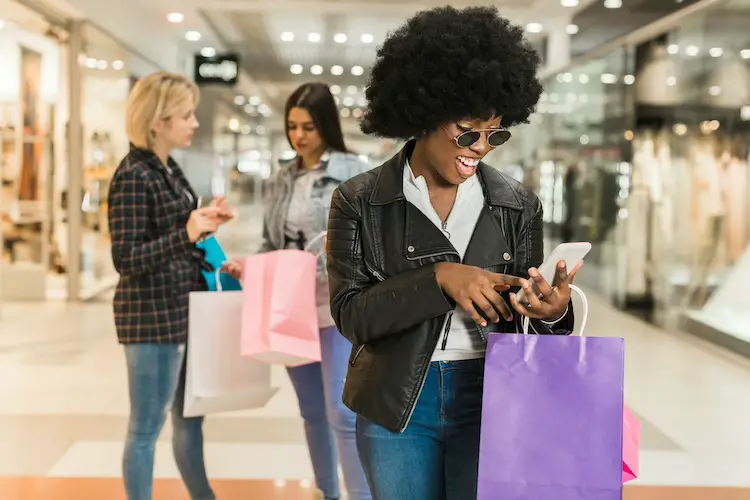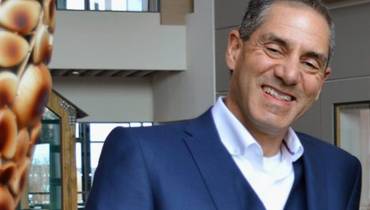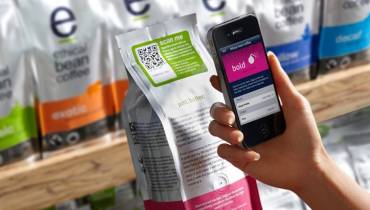The Future of Retail Is Embracing Phygital

The retail industry has undergone significant changes in recent years. The advent of e-commerce has transformed the way consumers shop, and many traditional brick-and-mortar retailers have been forced to adapt or risk being left behind.
Enter the age of Phygital commerce, where the physical and digital worlds converge to create a seamless shopping experience for customers.
The future of retail lies not just in the digital world, but also in the physical one.
What is Phygital?
Phygital is a term used to describe the fusion of the physical and digital worlds. It's the combination of the words "physical" and "digital" and represents the integration of both worlds in a single space.
Phygital can be used to describe various experiences, including marketing, retail, and events. It's all about creating an immersive and engaging experience that blurs the lines between the physical and digital worlds.
The concept of Phygital isn't entirely new. The retail industry has been experimenting with different forms of Phygital experiences for years. For example, retailers have used QR codes and augmented reality to enhance the in-store experience.
However, the COVID-19 pandemic has accelerated the adoption of Phygital commerce, as retailers look for ways to bridge the gap between the physical and digital worlds.
Rise of Phygital Retail

The retail industry has been undergoing a transformation over the past few years, with e-commerce becoming increasingly popular. However, despite the rise of online shopping, many consumers still value the in-store experience.
In fact, according to a study by Accenture, 60% of consumers prefer to shop in-store because it allows them to touch and feel products before making a purchase.
Phygital retail seeks to bring the best of both worlds together, creating a seamless shopping experience for customers. For example, retailers can use augmented reality to allow customers to visualize products in their own homes before making a purchase. This can help to reduce the number of returns and increase customer satisfaction.
Another way that retailers are embracing the Phygital age is through virtual shopping experiences. Virtual shopping experiences allow customers to browse and purchase products in a virtual environment, creating a unique and immersive shopping experience.
According to a report by Gartner, virtual shopping experiences are set to become a $7 billion industry by 2024.”
Video Ecommerce
Video ecommerce is another trend that is becoming increasingly popular in the Phygital age. Video ecommerce allows retailers to showcase their products in a more engaging and immersive way, helping to drive sales and increase customer engagement.
According to a report by Wyzowl, 84% of people have been convinced to buy a product or service by watching a brand's video.”
One example of a retailer that is using video ecommerce to great effect is Lululemon. The athleisure brand has created a series of videos called "The Sweatlife" that showcase their products in action. The videos feature real people working out in Lululemon clothing, creating an immersive and engaging experience for viewers.
Phygital Commerce
Phygital commerce is all about creating a seamless and integrated shopping experience for customers. It's about using technology to enhance the in-store experience, creating a more immersive and engaging environment. For example, retailers can use digital signage and interactive displays to showcase products and provide information to customers.
Another example of Phygital commerce is the use of smart mirrors. Smart mirrors use augmented reality to allow customers to see what they look like in different outfits without having to try them on. This can help to reduce the amount of time customers spend in the fitting room, making the shopping experience more efficient and enjoyable.
Benefits of Phygital Retail
The benefits of Phygital retail go beyond just creating a unique and engaging shopping experience for customers. Among the other key advantages of Phygital retail are:
- Increased Customer Engagement: Phygital retail allows retailers to create an immersive and engaging environment that encourages customers to spend more time in-store. This can help to increase customer engagement and loyalty, which can ultimately lead to higher sales and profits.
- Improved Customer Experience: By combining the best of both physical and digital worlds, Phygital retail can create a more personalized and convenient shopping experience for customers. This can help to improve customer satisfaction and increase repeat business.
- Increased Sales: Phygital retail can help to drive sales by making it easier for customers to browse and purchase products. For example, virtual shopping experiences and smart mirrors can help customers visualize products before making a purchase, while video ecommerce can help to showcase products in a more engaging and persuasive way.
- Reduced Costs: Phygital retail can also help to reduce costs by improving the efficiency of the shopping experience. For example, smart mirrors can help to reduce the amount of time customers spend in the fitting room, while virtual shopping experiences can help to reduce the number of returns.
- Better Data Insights: Phygital retail can also help retailers gather better data insights about their customers. By tracking customer behavior and preferences, retailers can create more personalized and targeted marketing campaigns that drive sales and increase customer loyalty.
Future of Retail Is Phygital
The Phygital age represents an exciting new chapter for the retail industry. By combining the best of both physical and digital worlds, retailers can create a seamless and integrated shopping experience that meets the evolving needs of consumers.
As the retail industry continues to evolve, it's clear that Phygital commerce will play a key role in shaping the future of retail.
The global Phygital market is expected to reach $53.06 billion by 2026, growing at a CAGR of 18.8% from 2019 to 2026, according to a report by Grand View Research. This rapid growth is being driven by a range of factors, including the increasing popularity of e-commerce, advancements in technology, and changing consumer behavior.
As retailers look to embrace the Phygital age, it's important to keep a few key considerations in mind. First, retailers need to ensure that their Phygital experiences are aligned with their overall brand strategy and business goals.
They also need to invest in the right technology and talent to deliver a seamless and integrated experience for customers. Finally, retailers need to be prepared to adapt and evolve their Phygital experiences as consumer behavior and preferences continue to change.
In Conclusion
As the retail industry continues to evolve, it's clear that Phygital commerce will play a key role in shaping the future of retail. From virtual shopping experiences and video ecommerce to smart mirrors and interactive displays, there are numerous ways that retailers can embrace the Phygital age and create a unique and engaging experience for customers.
By investing in the right technology, talent, and strategy, retailers can stay ahead of the curve and deliver a shopping experience that exceeds customer expectations. So, are you ready to embrace the Phygital age and take your retail business to the next level?














![Over 50% of American Adults Have Not Read a Book in Past Year [Study]](/sites/default/files/styles/video_thumbnail_bottom/public/older-man-reading-book-in-library.jpg?itok=m7DlbWgZ)







